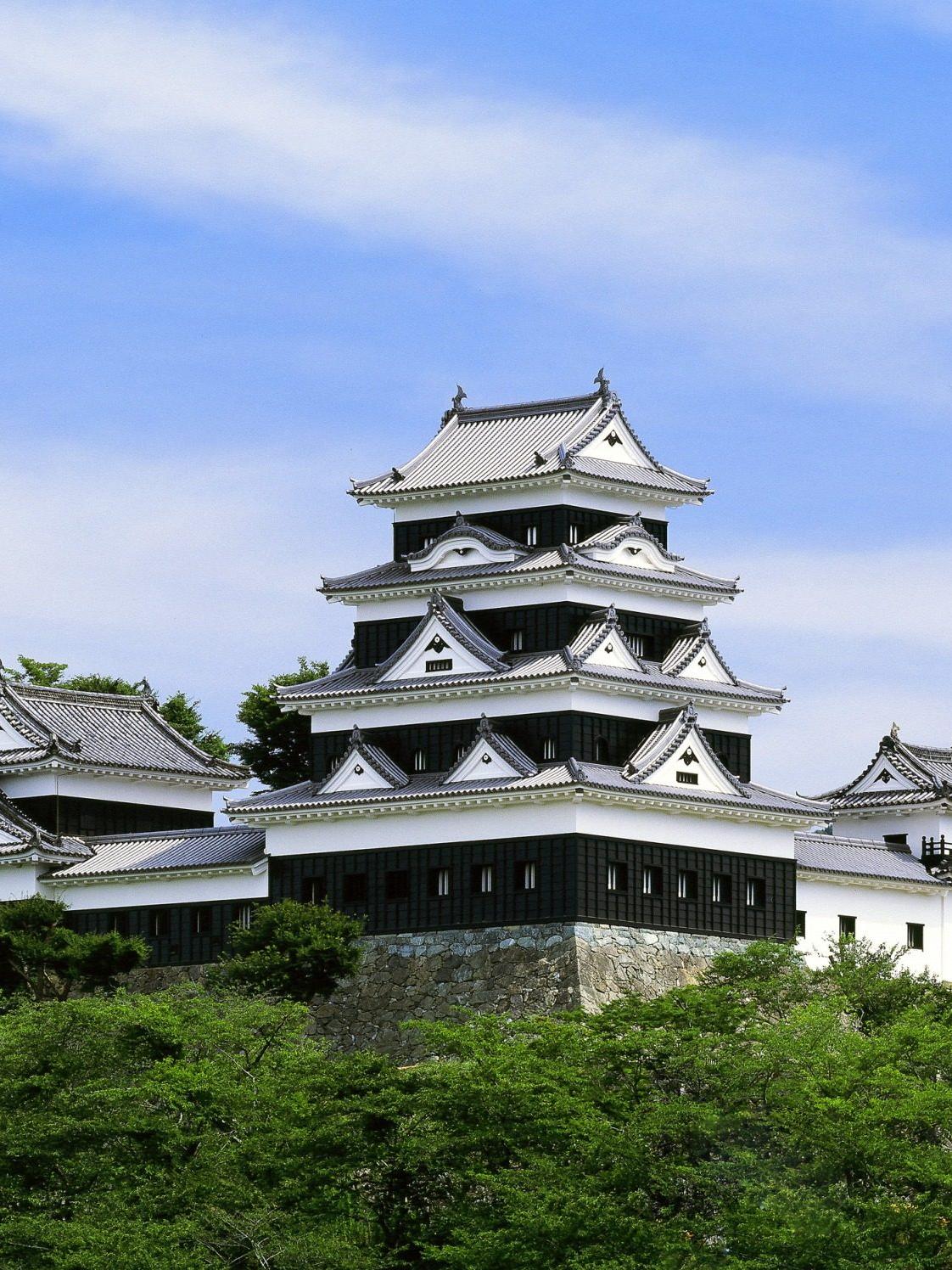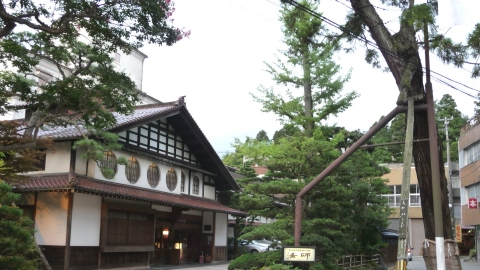Ozu Castle in Ozu Town, Ehime Prefecture, is the first and only castle in Japan that allows visitors to stay overnight. Built in 1617, it is also one of the few remaining wooden castles in Japan. Turning Ozu Castle into a hotel is part of a local tourism effort to revive the declining rural town.
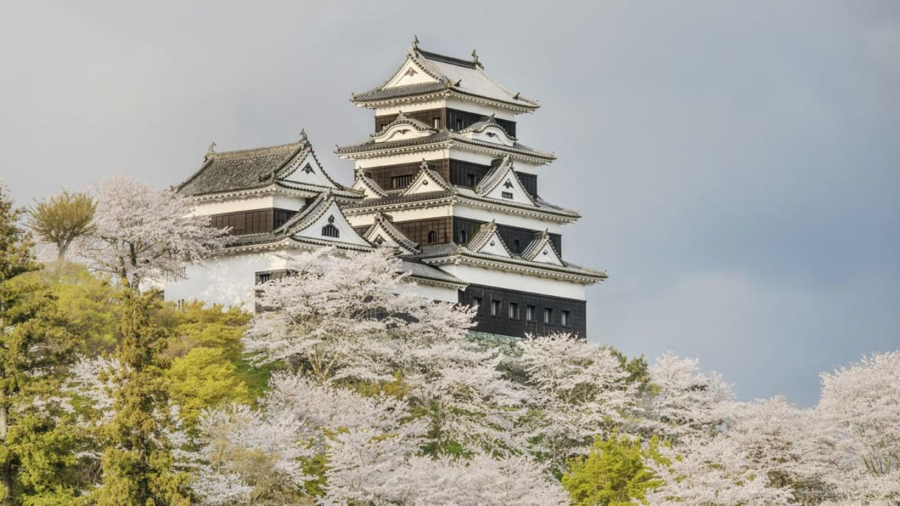
Known as “Little Kyoto,” Ozu is known for its scenic Hiji River, historic architecture, and the elegant four-story Ozu Castle. Once a political center during the Edo period (1603-1868), the town flourished during the Meiji (1868-1912) and Taisho (1912-1926) periods thanks to the production and trade of wax and silk. But over the years, by the 20th century, Ozu had become increasingly dilapidated, with many of its old houses being demolished due to their economic value. Residents moved to other areas, leaving the town increasingly desolate.
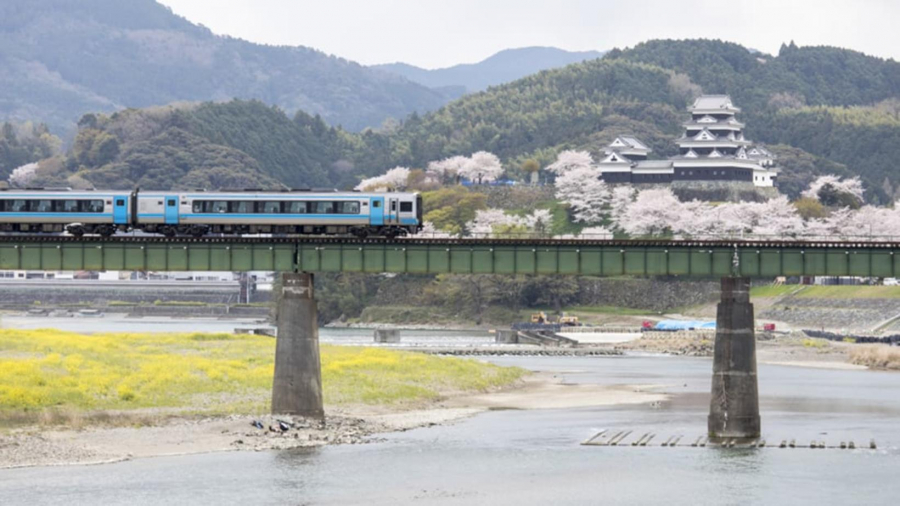
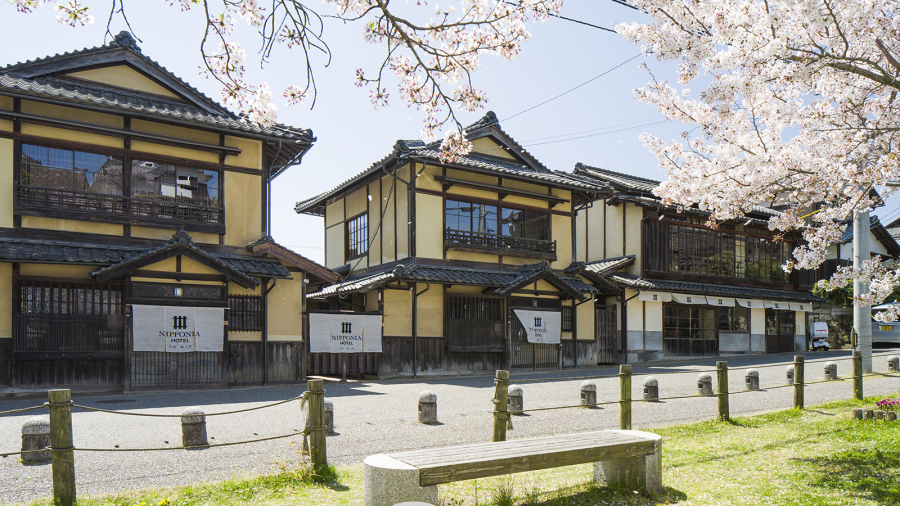
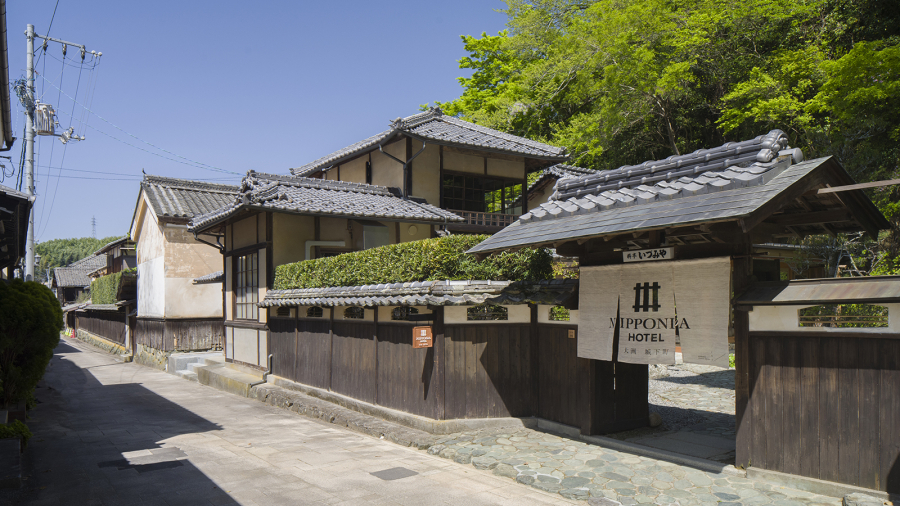
A few years ago, a project to restore Ozu's cultural value was implemented. The town has converted old houses into hotels and villas for rent, including plans to open a service that allows guests to stay overnight at Ozu Castle.
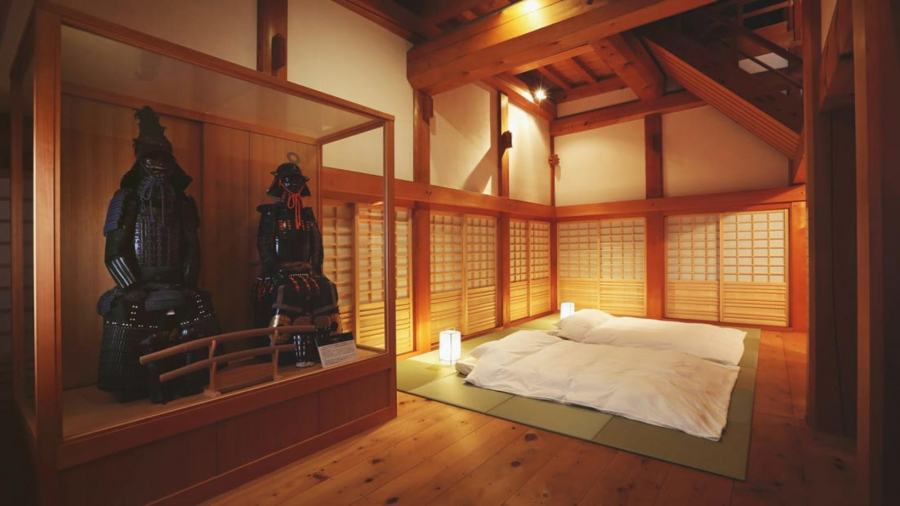
In fact, the original Ozu Castle was partially destroyed in 1888. The government decided to rebuild the town's symbol in 1999 from the ruins, using traditional wood instead of concrete. The castle was completed in 2004, standing 19 meters high at a very high cost. Because it was built on the same site, the new Ozu Castle is allowed to welcome visitors without violating Japan's monument preservation regulations.
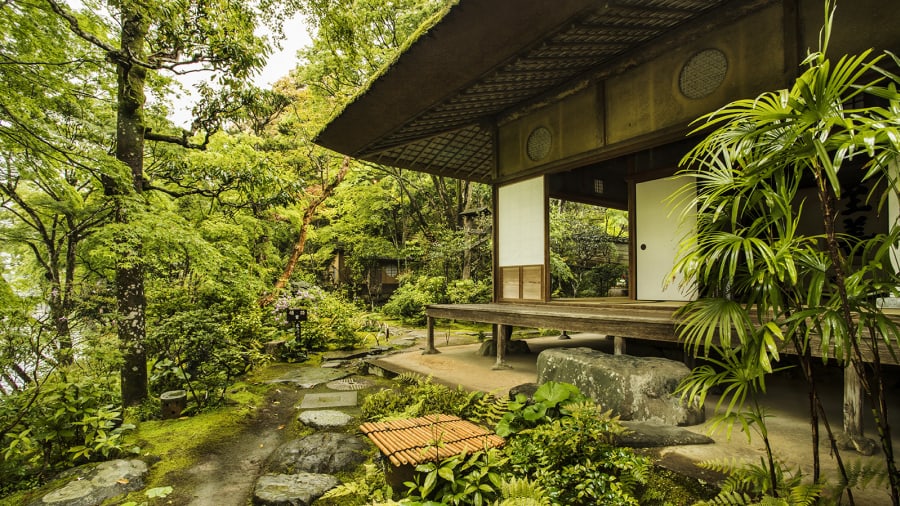
The castle opened its hotel area to visitors in July. The public area is open until 5pm for visitors. After closing, the space is completely private for visitors to stay. According to the plan, in the first year, the castle hotel will only welcome 30 stays. Maximum 6 guests at a time.

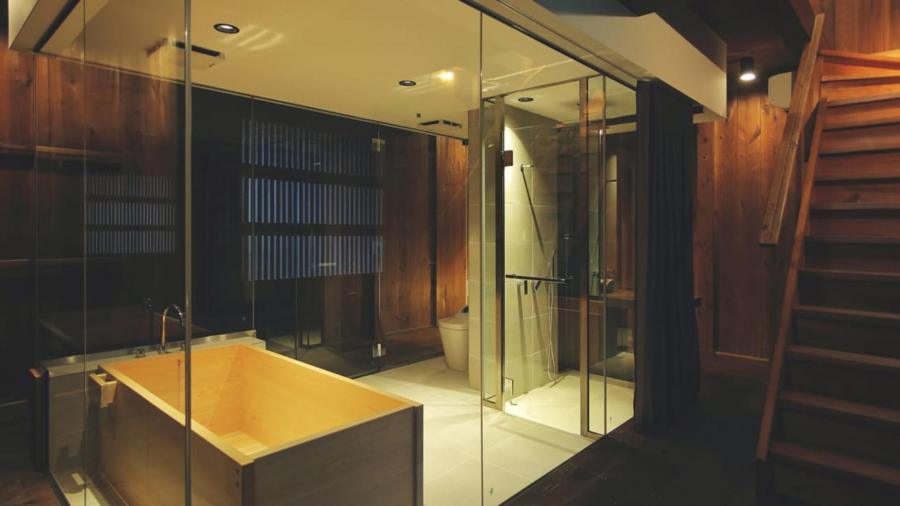
The asking price is 1 million yen a night for two guests (equivalent to 220 million VND). Each additional guest must pay an additional 100,000 yen per person (equivalent to 22 million VND). The castle has no shops, toilets or public air conditioning. But for those staying overnight, there is a luxurious bathing area and a private lounge to serve in a secluded corner.
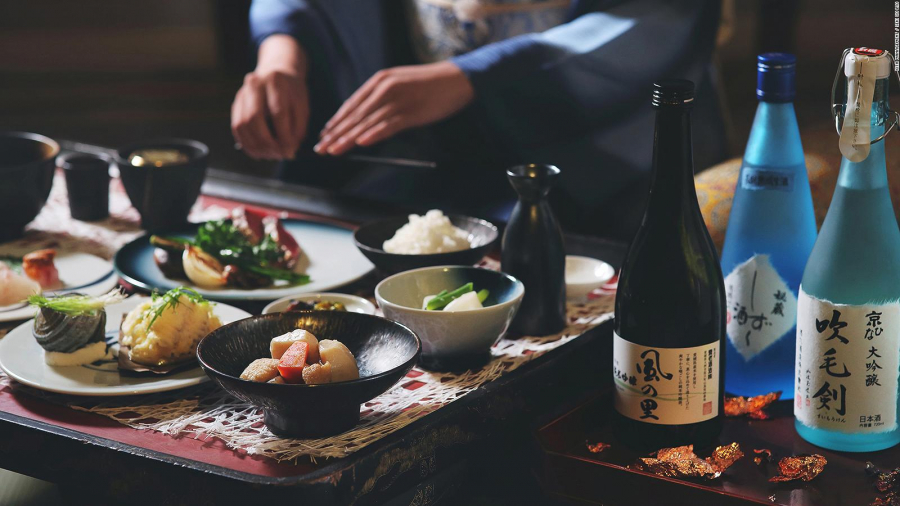

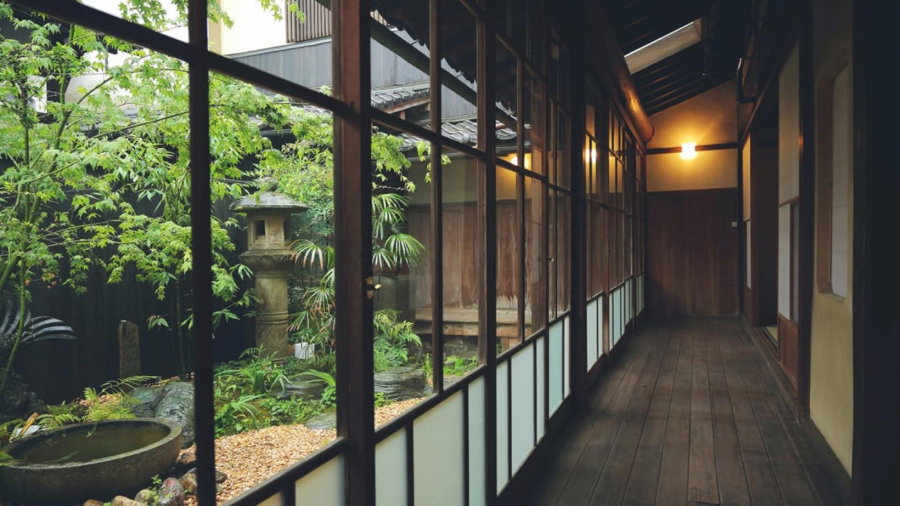
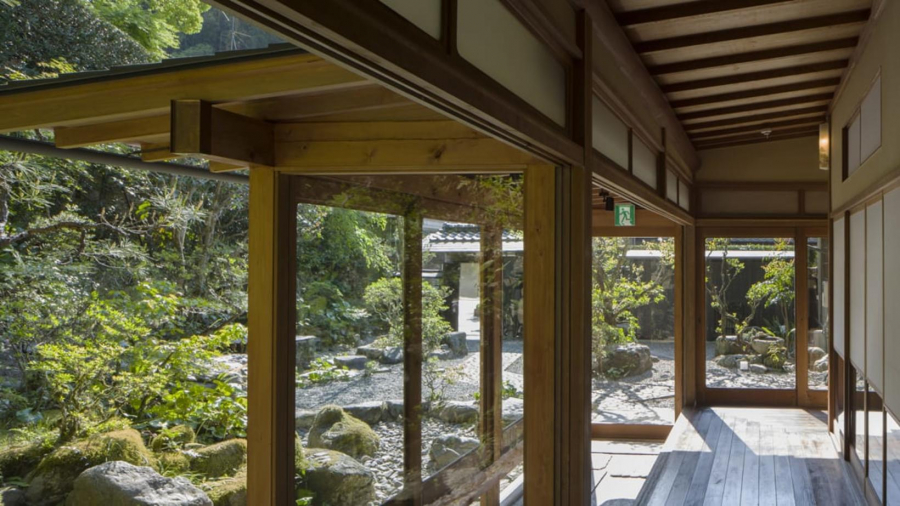
Upon arrival, visitors are greeted by a welcoming team dressed as medieval soldiers or traditional kimono, with the sound of shell trumpets, waving flags, and gun salutes. They are then treated to a kagura performance, a local tradition. Performers of this sacred dance are usually dressed in white, wearing white tabi and red masks. This traditional dance performance has been recognized as an important intangible folk cultural heritage of Japan.
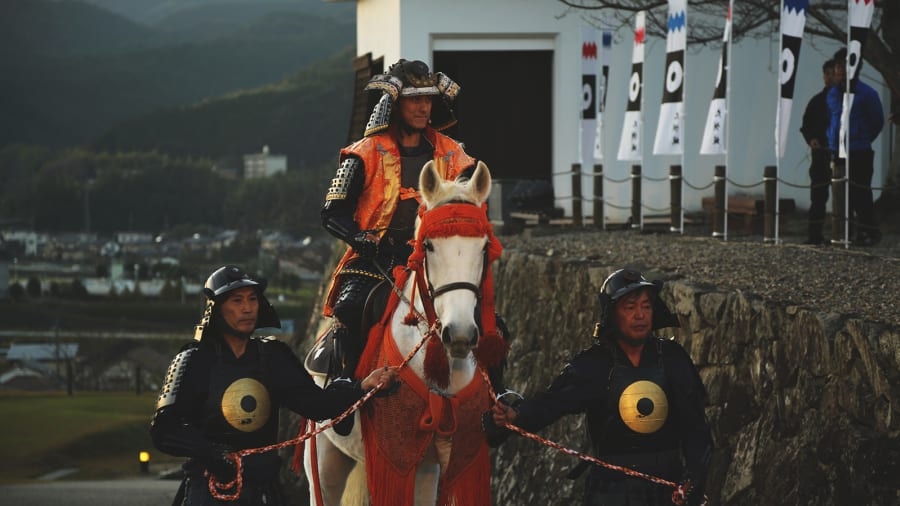
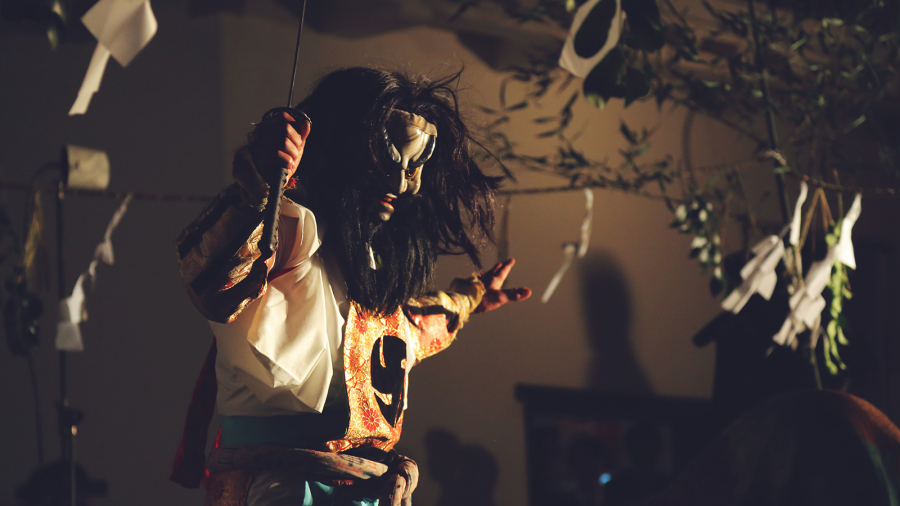
Dinner is served at a restaurant in one of the castle's four turrets, featuring traditional, formal dishes, followed by moon-viewing, sake drinking, and poetry reading. The turrets are kept in their original state for four centuries. After spending the night at the complex, guests have breakfast at Garyu Sanso, a historic cliffside villa with a teahouse overlooking the Hiji River.
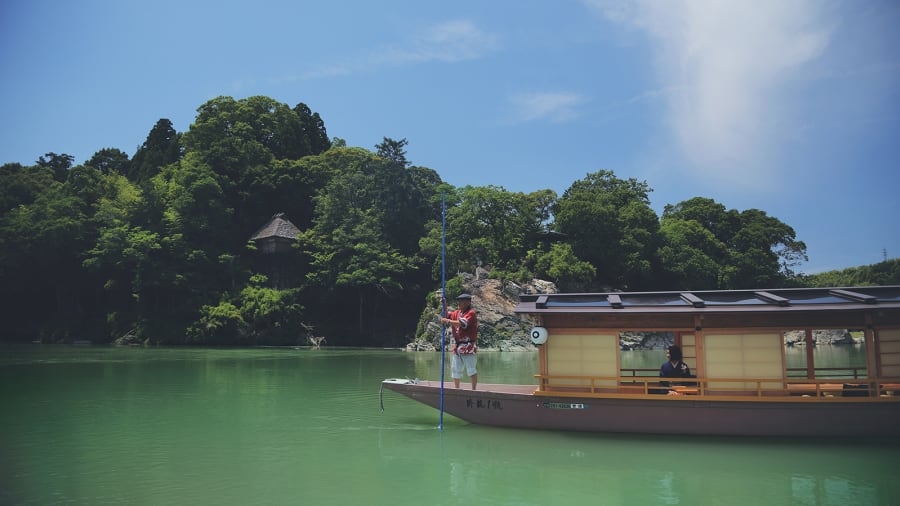
Some of the town's attractions are also offered to visitors, including traditional fishing on the river. The fee that each person has to pay will be different, the highest is for visitors staying in the castle will have to pay 100,000 yen (21.7 million VND).





